The United States Marine Corps is probably one of the best-known forces of fighting men in the world.
Numerous Hollywood movies, many books, and more than a few songs have been written about the fighting prowess and nationalistic fervor of these men, but there are many lesser-known facets to this fascinating group. Here are some of those intriguing stories.
10. The first recruitment of the Marines was from a tavern
On the 10th of November 1775, the Second Continental Congress decided that they needed to raise two battalions of Marines to support the recently organized Navy. These sea soldiers were to provide security on board ship, enforce discipline, and be the landing forces when the ships sailed into a battle situation.
A legend within the Marine Corps tells the story that the first Marines were recruited in the Tun Tavern, a popular tavern in Philadelphia. The legend says that toward the end of November 1775, two recently-promoted captains, Samuel Nicholas and Robert Mullan, inveigled potential recruits to sign up by buying them mugs of beer and telling tales of adventure that awaited those who sailed the high seas. The men they recruited were formed into five companies that joined the Continental Navy.

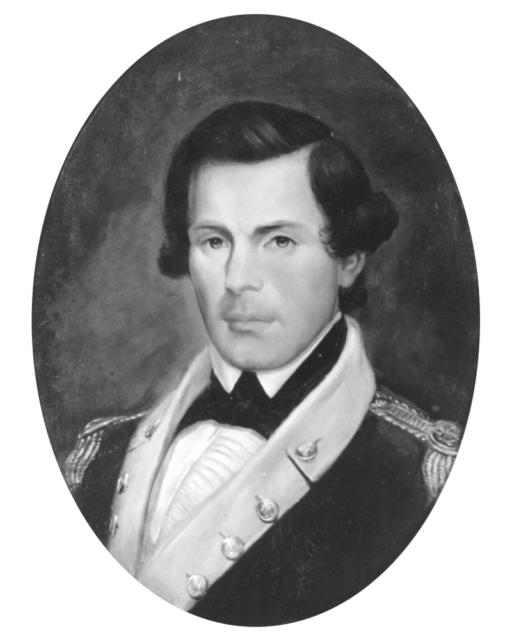
While this tale may or may not be totally factual, it is part of the Marine legend, and there is a replica of the Tun Tavern to this day at The National Museum of the Marine Corps in the state of Virginia.
9. The first amphibious landing for the newly-minted Marines took place in the Bahamas
In December 1775, Commodore Esek Hopkins had been appointed Commander-in-Chief of the Continental Navy and had sailed with a flotilla of five ships with orders to patrol along the southern end of the American coast and clear out any British ships they found.
Hopkins ignored these orders and set sail for the Bahamas; his squadron set about harassing the small British military settlements around New Providence Island, trying to steal gunpowder to pass along to George Washington’s army.

The first time the Marines fired a shot in battle after an amphibious landing came on March 3, 1776. Hopkins ordered all 234 of his Marines, along with fifty sailors, to storm New Providence Island and raid the British fort, Fort Montagu, to take all the provisions and gunpowder they could find.
They then marched on Fort Nassau to raid it for armaments and gunpowder, but they had lost the element of surprise by their actions the day before. That night the fort commander had secretly moved all the gunpowder except 24 barrels; the Marines took the barrels they could find, along with cannons, and all was passed along to George Washington’s army to be used against the British.
8. The Marine Corps still falls under the auspices of the US Navy
The Marine Corps has long been considered an independent branch of the military, but for all administrative purposes, it still falls under the Department of the Navy. Marines have, since the inception of the branch, served aboard Navy ships and trained with naval crews and Marine officers; they still attend the United States Naval Academy in Annapolis. But Marines have also served in the Army, as evidenced by the attachment of the Fourth Marine Brigade to the Second Infantry Division in Europe during World War I.
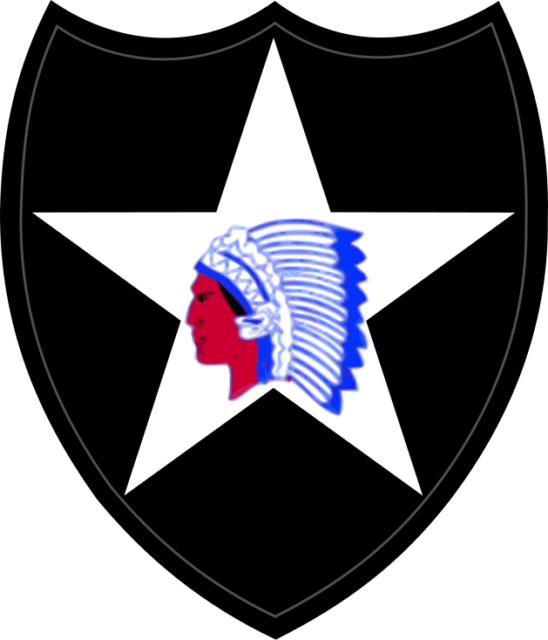
7. Marines battled against Barbary Pirates at Tripoli
At the end of the Revolutionary War the Marines were briefly disbanded, but due to harassment by the French Navy during the French Revolution, Congress decided that once again the colonies required a Navy and a Maine Corps. Both were reinstated, and barracks were built for the Marines in Washington that are still in use today.
The newly-formed Marines first saw action in the First Barbary War, when the Navy went on the offensive against the Barbary pirates. These pirates had been raiding American ships and capturing all on board to sell as slaves or to collect a ransom if the prisoner came from a wealthy family, or the US government could be persuaded to purchase them back.
In 1805, William Eaton, an ex-Army captain, along with Lieutenant Presley O’Bannon and a contingent of 8 Marines and 500 mercenaries of mixed nationality, marched for 50 days across the desert from Alexandria and seized the city of Derna. The Pasha there was so impressed with the fighting ability of the Marines that he presented their commander, O’Bannon, with a Mameluke sword. This was a curved, scimitar-like sword that had been inscribed to commemorate the battle. To this day, the dress swords worn by Marine officers resemble the Mameluke sword.
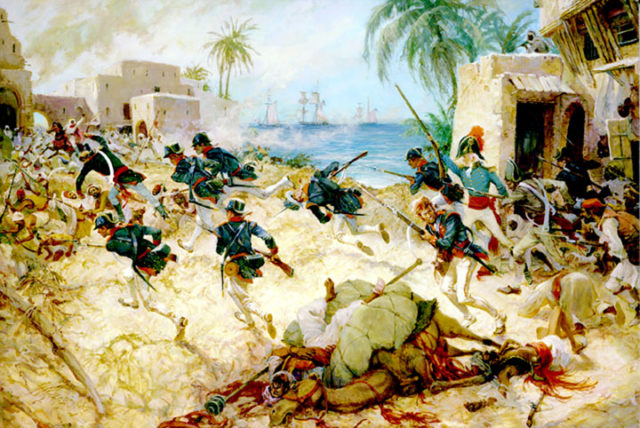
The capture of this city allowed the Americans to negotiate with the Bashaw, or ruler of Tripoli, for the return of American sailors that had been captured from the USS Philadelphia along with all other prisoners, thus bringing the First Barbary War to an end. This action was the first battle ever fought by an American force on foreign soil and is immortalized in the Marine hymn.

6. The Marines’ Hymn commemorates the Marines’ first battles
In 1847 the marines took part in the Mexican-American War, during which they took Chapultepec Castle in Mexico City. They then went on to occupy the city.
The Marines’ Hymn is very well known and starts with the line, “From the Halls of Montezuma,” which refers directly to this battle. The next words are, “To the shores of Tripoli,” which refers directly to the First Barbary War and the defeat of the City of Derna.
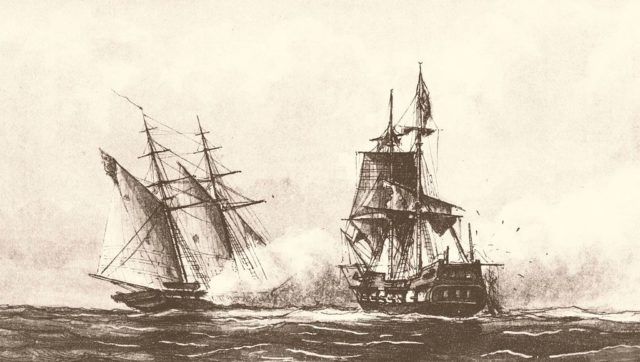
Of interest is the red stripe down the trouser leg of the marine uniform, known as the “blood stripe”. This is worn in memory of the Marines that died in the Battle of Chapultepec.
5. A Marine’s nickname is “Leatherneck”
Marines are nicknamed Leathernecks, and this comes from the black leather stock that was issued to the first Marines in 1798.
This leather stock was part of their protective gear and was designed to protect the wearer from sword cuts to the neck.
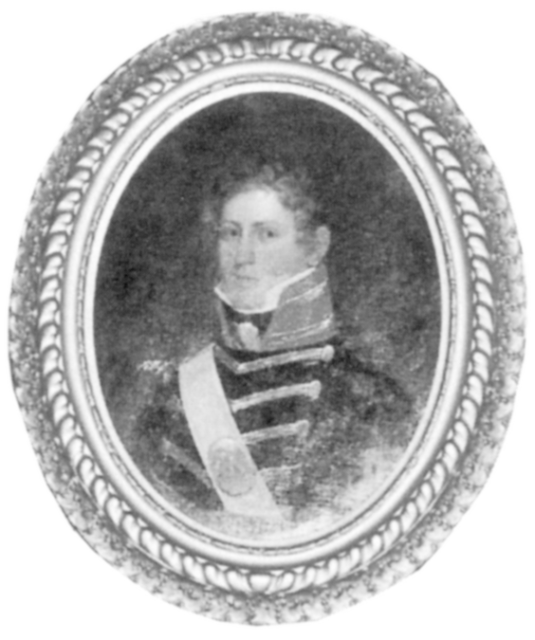
The black stand-up collar on the modern day Marine uniform is a throwback to the days when they wore leather stocks around their necks.
4. The Marines have their own band
The Marines’ band was formed in 1798 and performed at the inauguration of President Jefferson in 1801. At his inauguration, President Jefferson nicknamed the band “The President’s Own,” a name that it still has today, as it has performed at the inauguration of every US President since 1801.

The band is immensely popular. Even though its presidential purpose has been to provide music for the Commander-In-Chief and his guests, it performs at most official functions, such as state dinners and parades.
It has a wide repertoire of music including classical, contemporary, and popular pieces, but the band is best known for its marches. Perhaps the Marine Band’s most famous march is “The Stars and Stripes Forever“, a piece of music composed by John Philip Sousa, who was once their director of music.
3. Belleau Wood was a bloody WWI land battle for the Marines
The Marines have served their country with distinction since their inception, but as their main purpose was the support of the Navy, they were seldom tested to any large degree on land. This all changed, however, at the Battle of Belleau Wood, where the Marines fought incredibly bravely under General James Harbord to route the Germans from Belleau Wood.
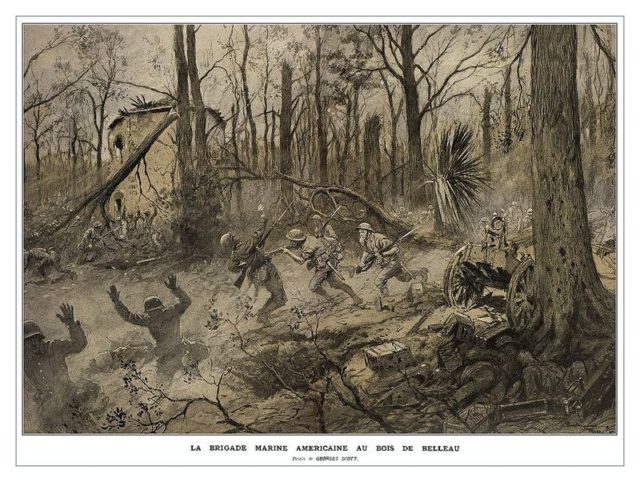
The Marines ignored calls for their retreat and held their position against a frenzied German assault. They then spearheaded an Allied counterattack that started on June 6, 1918. The Germans attacked the Allies with a vengeance, throwing everything they had at them including poison gas and devastating machine gun fire. For three long weeks, the Allies fought, often hand-to-hand with bayonets fixed, until on June 26th they finally drove the Germans out of the wood. This was, however, at a devastating cost to themselves – 5,000 marine soldiers lay either dead or wounded. Never had the Marine Corps suffered such a devastating loss; in fact, this single battle accounted for more Marine casualties than all the battles fought in the 18th and 19th centuries.
The newspaper coverage of the battle did much to cement the reputation of the Marines as a superior fighting force – a reputation that remains to this day.
2. The Marine Corps Birthday is an important celebration
In 1921, the 13th Marine Commandant, General John A. LeJeune, compiled Marine Corps Order No. 47, Series 1921; in it, he documented the mission, history, and tradition of the Marine Corps. In addition to this, he insisted that this order be read aloud to all members of the Marine Corps on the occasion of the Corps birthday, which is November 10th. This brought the birthday into sharp focus, and it became an important date for all Marines every year.
It did not take long for the Marines to not only honor their birthday with a formal parade but also to come up with ways to celebrate the day. One of the first to hold celebrations was Ft. Mifflin, Pennsylvania where, in 1923, they organized a formal ball, while the Washington Naval Yard staged a mock battle and the Marines at Guantanamo Bay played baseball against a local Cuban team.
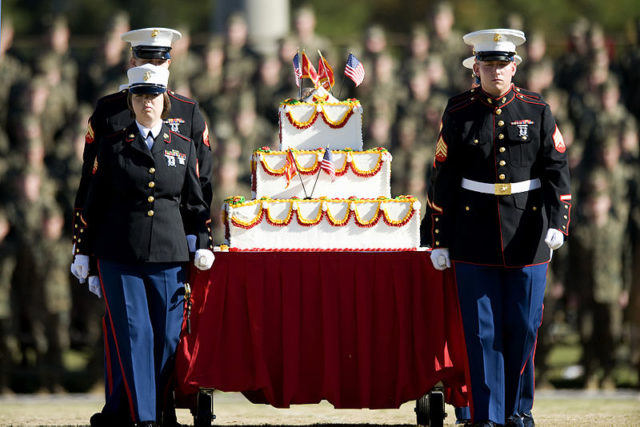
The tradition of having a formal Birthday Ball started in 1925 in Philadelphia, where guests included many politicians and elected officials as well as the Secretary of War. Just before the ball, General LeJeune unveiled a plaque at the Tun Tavern, and then all the guests traveled to the Benjamin Franklin Hotel for the ball.
This ball grew in stature, and over the years various traditions have emerged. One of the most poignant is the cutting of the cake, where the first piece cut must go to the oldest Marine present and the second piece cut must go to the youngest Marine present. Also included will always be the Commandant’s Birthday Message to the Corps.
1. The Marine Corps has a mascot – a Teufel-hunden, or Devil Dog
During WWI, many German soldiers referred to the Marines they fought as “teufel-hunden”, meaning devil dogs. The term “teufel-hunden” comes from Bavarian folk tales which told of vicious mountain dogs. A Marine recruiting poster was being designed, and the artist picked up the nickname and placed a snarling British Bulldog wearing a Marine Corps helmet on the poster. The poster was an immediate hit with both the Corps and the general public, as they associated the common traits of the bulldog breed with the Marine Corps. Thus the unofficial mascot of the Corps was born, and the British Bulldog became linked to the men of the Marine Corps.

In 1922, at Quantico, Virginia, Brigadier General Smedley D. Butler signed all the documents enlisting Private Jiggs; this Pedigreed Bulldog, whose registered name was King Bulwark, became a private in the US Marine Corps. This little four-legged private was not content to stay in the lower ranks forever, and within three months he was promoted to corporal and had his chevrons sewn onto his custom-fitted uniform. Soon he sported sergeant’s stripes, and within seven months he became a Sergeant Major, the highest rank he attained.
When Jiggs died in 1927, he was interred with full military honors, and soon Jiggs II was enlisted into the Corps, having been donated by Gene Tunney, the heavyweight boxer. As one dog passed away another would take his place, and from the 1930s all the dogs have been named Smedley, in honor of Brigadier General Smedley Butler, who enlisted the first mascot.
In the 1950s, the dogs were renamed “Chesty” in honor of Lieutenant General Lewis B. “Chesty” Puller, Jr., and when Chesty made his first official public appearance in his dress blues on July 5, 1957, he was a huge hit with the press and the public. Chesty II soon followed, but he was a disgrace to the Corps and made a habit of going AWOL. His son Chesty III redeemed the family name and was a model Marine.
Many more British Bulldogs have followed in the paw-prints of Chesty III. Some performed flawlessly, and others did not do so well, but to this day there is still a bulldog as the Marine mascot, History reported.
The US Marine Corps is the epitome of the modern élite fighting force. They are tough, dedicated, aggressive, and sometimes arrogant, but they are a dedicated and professional fighting force that honors their traditions and makes its country proud.
